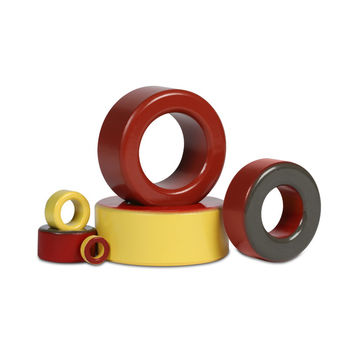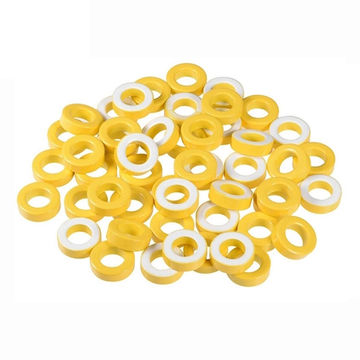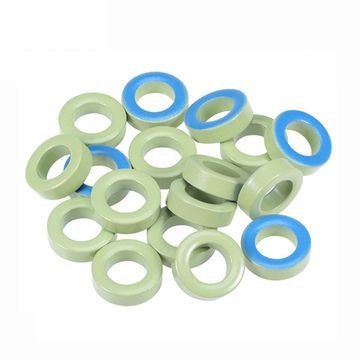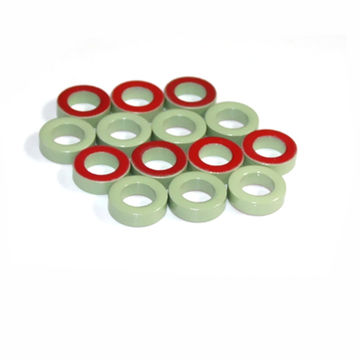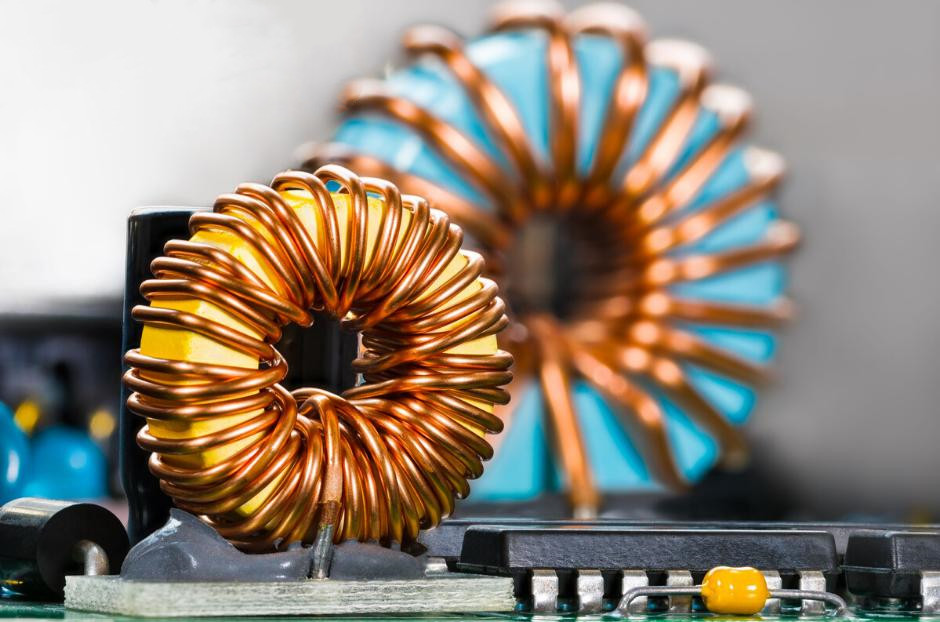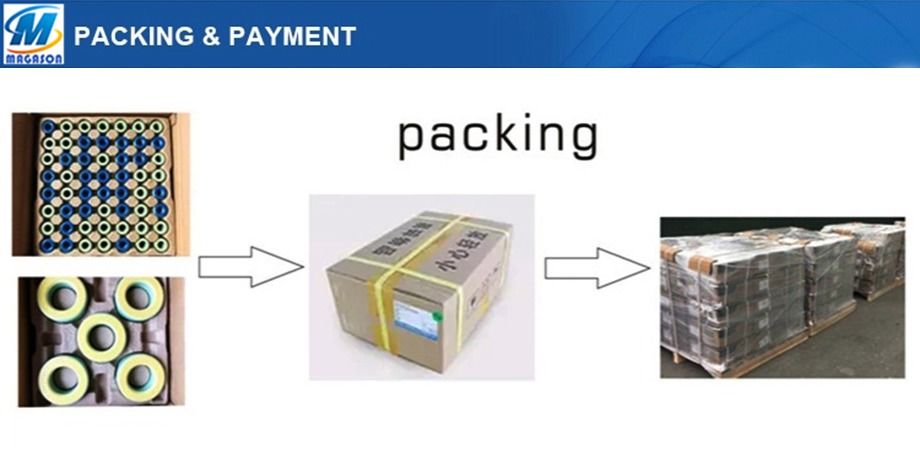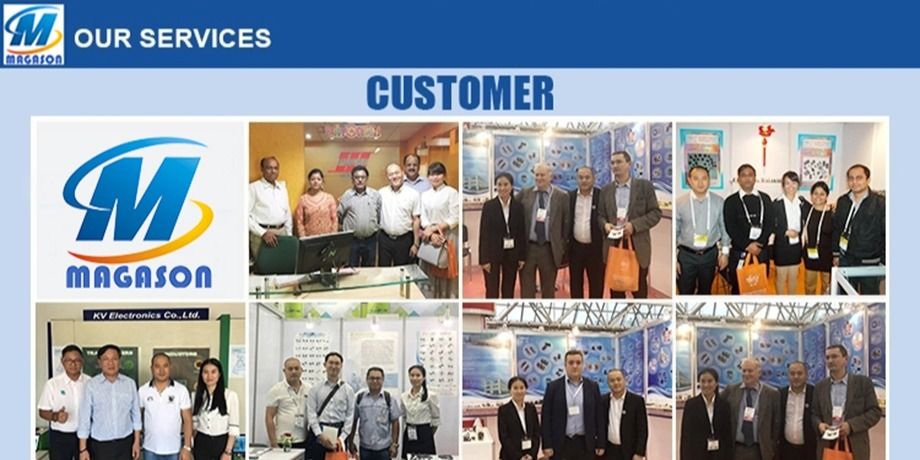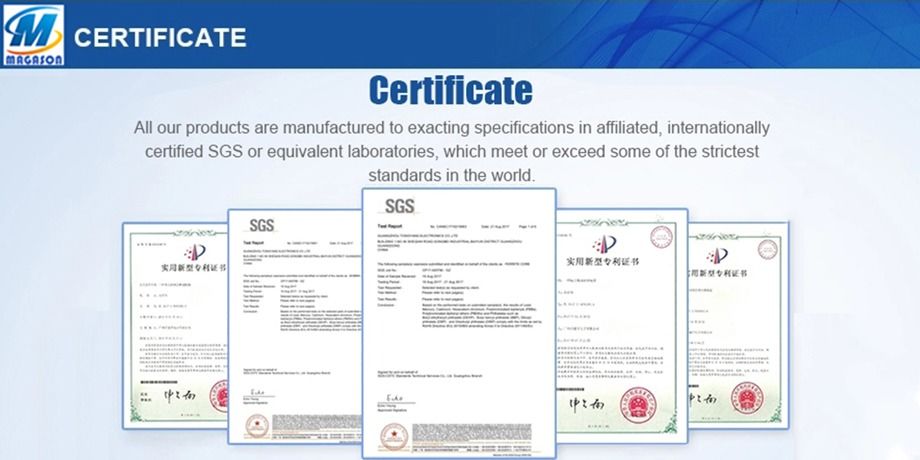Waymo, which received a fully driverless taxi license in California last week, spurred its Chinese counterparts, and just announced the Guangzhou self-driving startup, which has received Series A financing and changed its name from Jingchi Technology to WeRide, launched at Panyu University in Guangzhou Self-driving taxi service. After learning about the company's trial operation of self-driving taxis in Guangzhou University Town, the Panyu District traffic police and traffic bureau in the jurisdiction both stopped. Subsequently, the project changed the location and method of trial operation, limited to the section of Bio Island International Apartment, and changed from the same price as ordinary taxis to "free trial rides". This is not the first trial operation of self-driving taxis that has been suspended in China. However, domestic self-driving companies have announced ambitious plans. For example, Li Yanhong, at the 2018 Baidu World Congress, will launch self-driving cars in Changsha next year. Taxi service. In contrast, California in the United States has a very aggressive policy in the testing and operation of autonomous vehicles. It has just issued more than 40 fully driverless vehicle licenses to Waymo, which is a typical case. However, Consumer Reports, a well-known non-profit third-party research organization in the United States, said that California's regulation of Waymo has obvious regulatory gaps, and said that self-driving technology requires independent review, just like new drug testing. 01 Accidents occur frequently Waymo, which has just obtained a fully driverless test license in California, announced an accident in which a Waymo self-driving test vehicle hit a motorcycle 10 days ago. The motorcycle rider has been sent to the hospital for treatment with unknown injuries. This is Waymo's first responsible accident, for which Waymo CEO John Krafcik apologized, but said it was the fault of the human driver. Because the vehicle was driving on the El Camino Real section of Mountain View at the time, the safety officer in the car noticed a passenger car on the left suddenly driving into Waymo's lane, took over the vehicle, turned the steering wheel quickly, and drove the vehicle to the right lane. Unfortunately, the safety officer did not see a motorcycle on the right trying to overtake, causing the motorcycle to hit the right rear bumper of the Waymo vehicle. In fact, even a human driver would be hard-pressed to avoid such an accident. So far this year, Waymo vehicles equipped with safety officers have been involved in 12 crashes in California, almost all at low speeds, in which test vehicles were struck by human-powered vehicles, according to reports filed with the California DMV. In Arizona, there were two accidents, neither of which was the responsibility of the Waymo vehicle. California is currently the region with the strictest supervision on autonomous vehicle testing. All testing companies must improve relevant reports in accordance with regulations, such as submitting accident reports within 10 days, and submitting a report that requires a safety officer to take over once a year, including the reason and number of takeovers, etc. . 02 Experts push for third-party regulation Even so, to ensure new self-driving car technology operates according to a common set of standards, self-driving cars should be embraced by pharmaceutical companies, says Bryan Reimer, director of the MIT Alliance for Advanced Vehicle Technologies, a group of companies, industry groups and researchers. The same kind of trials faced when seeking approval from the Food and Drug Administration for a new drug. Automakers haven't done anything comparable to what the FDA is doing now, Reimer noted. And called for a public-private partnership of industry players, independent researchers and regulators to set standards and evaluate data from companies making AVs, with governments best positioned to assess costs and benefits, and companies with more room for technological development. expertise. To that end, Reimer has come up with a plan for independent researchers to validate data provided by companies before state and federal governments approve any self-driving cars. Consumer Reports further recommends that these test data be shared with federal regulators, including the National Highway Traffic Safety Administration (NHTSA) and state governments. William Wallace, a policy analyst at Consumer Reports, said self-driving technology is moving very fast right now, but has huge potential to improve safety, and is concerned that companies are competing to be the first to provide services, not the safest. company. Phil Koopman, an engineering professor at Carnegie Mellon University who specializes in automotive software, said regulators and automakers alike should work to create a system in which companies deploying new technologies hand over test data to A third party that performs some kind of independent verification, as in the airline industry and chemical plants. 03 Regulators have to do more Waymo said in an emailed statement that it had consulted with outside experts to develop a safety plan. It said it has consulted with state and federal regulators and outside groups including the Society of Automotive Engineers, Virginia Tech's School of Transportation and the Center for American Mobility on developing guidance and standards for driverless vehicle technology. A hands-off approach to self-driving cars is emphasized in a formal transport department policy, which was updated earlier this year. Federal regulators say they don't believe regulation is the right way to deal with fast-moving technology. They rely on the company to submit a report outlining the steps they themselves have taken to verify that the car is safe. But safety reports are voluntary, and only 6 companies have submitted safety reports so far, including Waymo, GM, Ford, NVIDIA, Nuro, and Uber, however, these reports have been criticized because they provided very little data to prove that the company How to assess security. Such as how accident rates and hazardous states have declined over time, or detail which factors were incorporated into computer simulations. The Consumers Union is calling on the National Highway Traffic Safety Administration (NHTSA) to play a more active role in ensuring the development of self-driving car technology. The Consumers Union said the agency should ensure companies do not overuse these features, fail to communicate their limitations appropriately, or design systems without proper checks for foreseeable use and abuse. CU also called on NHTSA to upgrade reporting of incidents and takeovers to help with security investigations and to set minimum standards to protect data security and the operation of software systems. Legislation that has passed the House of Representatives and is pending in the Senate will go a long way to underpin federal policy. Lawmakers and regulators have long said they want to do what they can to promote potentially life-saving technologies, and worry that overly draconian policies will severely slow innovation. Autonomous driving technology is a revolutionary technology that will greatly affect human travel and future lifestyles. However, this technology requires stricter testing standards and regulatory systems. Testing and Regulatory Standards. We hope to promote the implementation of autonomous driving technology on the premise of ensuring safety. This is also where domestic counterparts need to learn. Key Specifications/Special Features:
Toroidal,Ring,round soft iron powder ferrite sendust(Si-Fe) Magnetic Core
Iron powder,sendust,alloy
-52 material
Ui:10-150
1 PCS
SGS-ROHS, ISO9001
T/T, Western Union, Paypal, Credit Card
1. Light Choke,DC choke,power choke coil inductor.
3. Lighting and Car Electronics.
4. Computer,PDA and other electronic devices,etc-
5.Common mode choke(CMC)
FAQ
1-MOQ?
We will work hard to fit your MOQ .Small purchase quantity is ok.
2-Payment term?
T/T, Western Union, Paypal, Credit Card
3-Delivery port?
Shenzhen, Guangzhou, Zhongshan, Hongkong.
4-Shipping date?
About 7 days when we check the payment.
5-Do you produce the core and bobbin by yourself .
Yes.we have 2 head company,1 subsidiary company.one is bobbin factory,one is core factory,last one is transformer factory.
6-Where is your factory?
In ShaanxI
Alloy Powder Core,Toroidal Iron Powder Core,Yellow White Iron Powder Core,Low Permeability Iron Powder Core Shaanxi Magason-tech Electronics Co.,Ltd , https://www.magason-tech.com
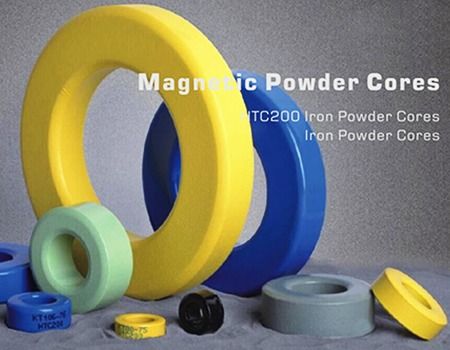
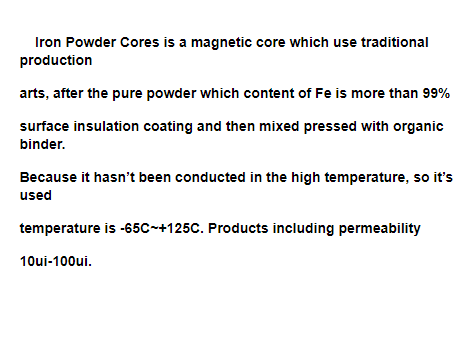
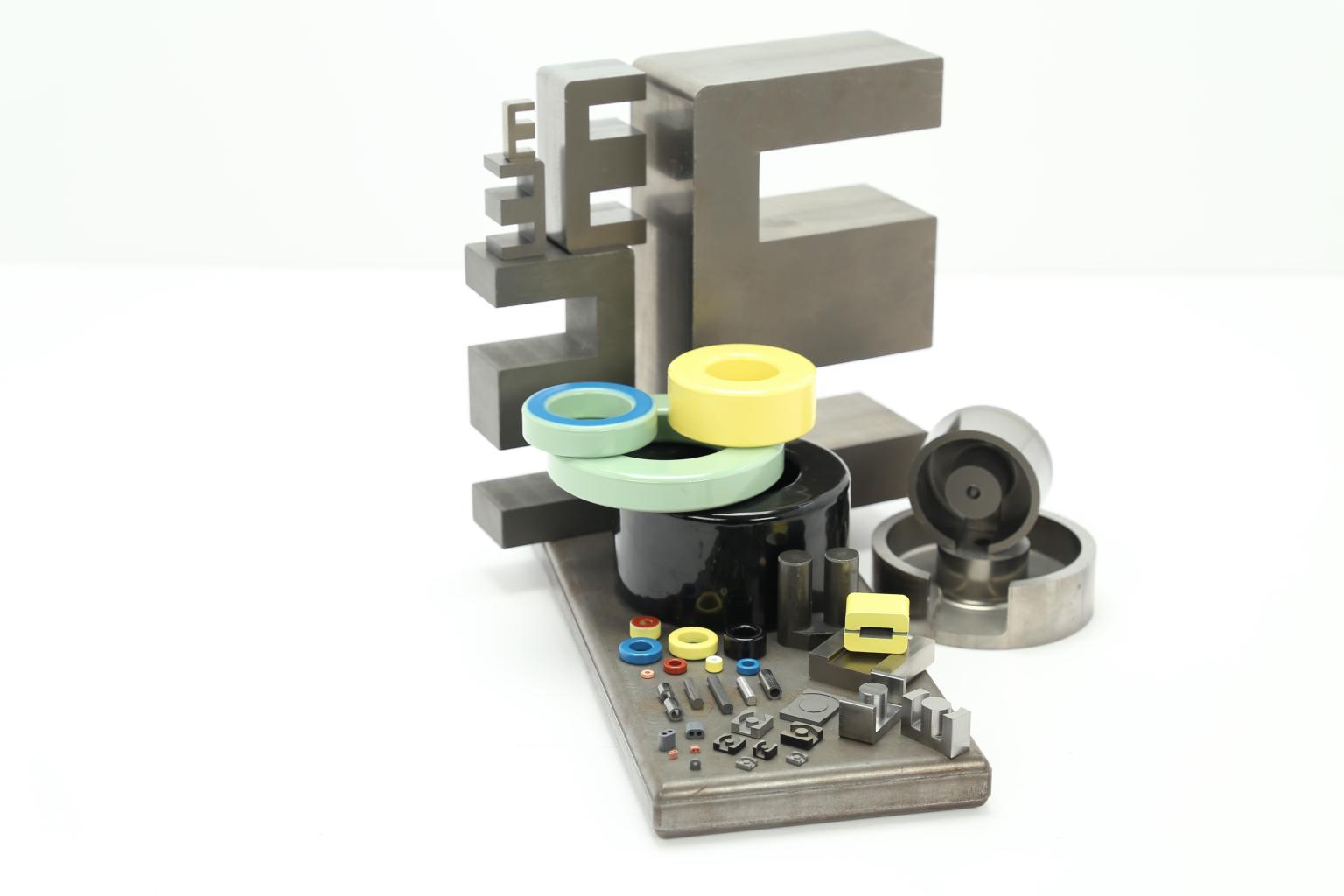
Product Name
Material
Specification
Initial Permeability
MOQ
Certification
Payment
Packing
Standard Export packageing by Pearl cotton, molded paper sheet, plastic trays,shrink wrap, or as customer's request.
Sample
1~10 pcs of free samples as per detailed project
Application
